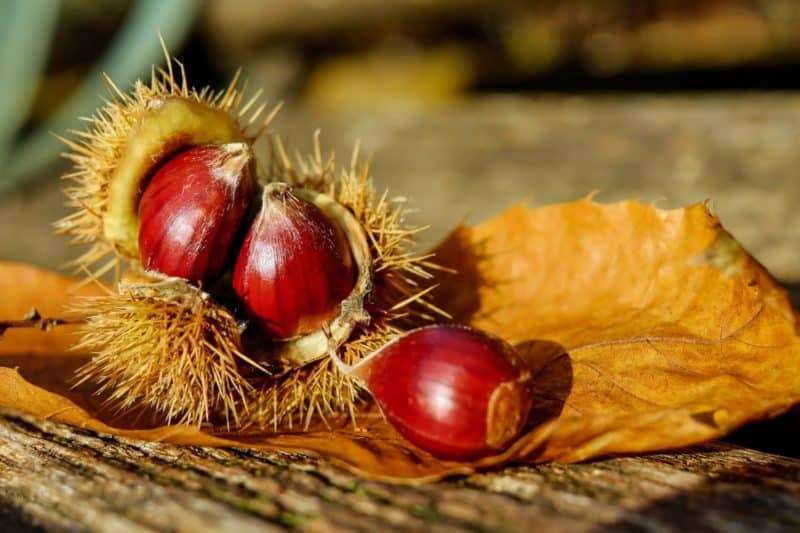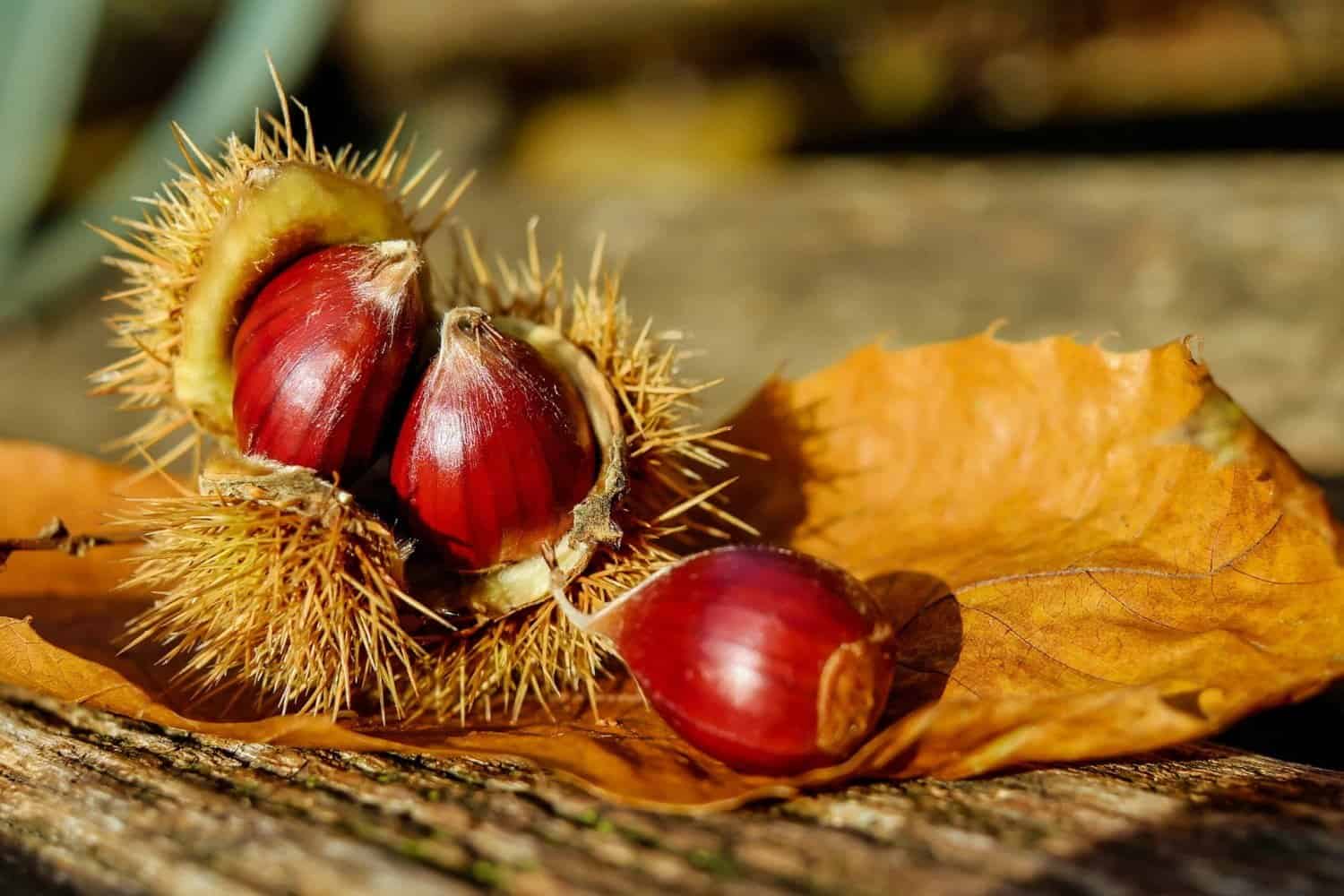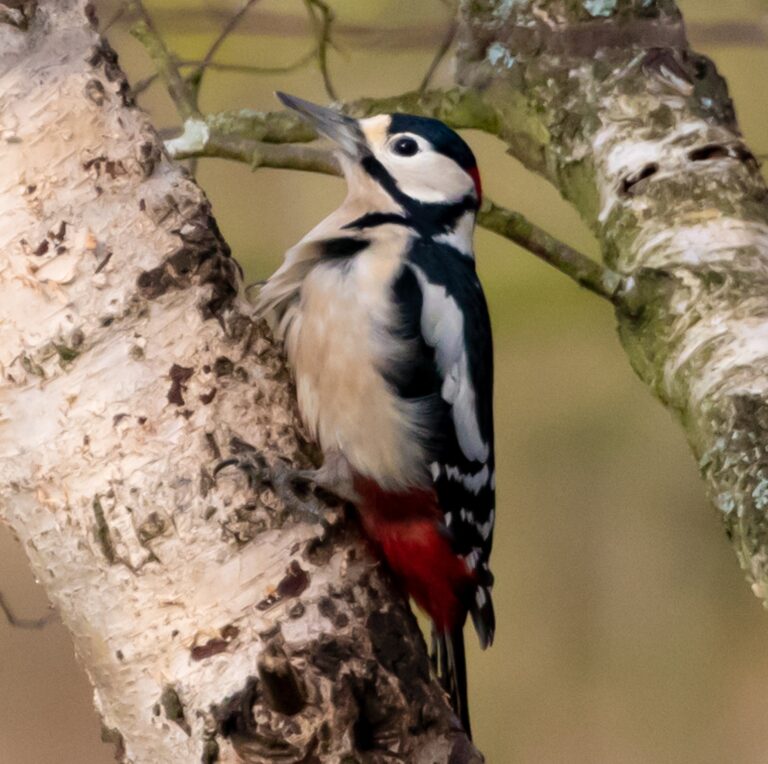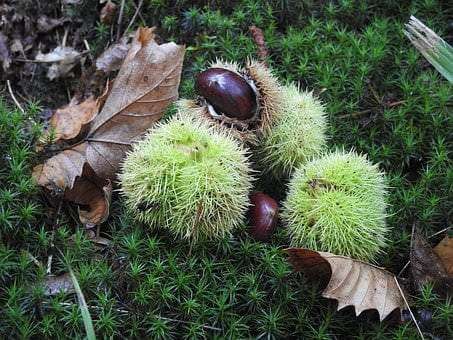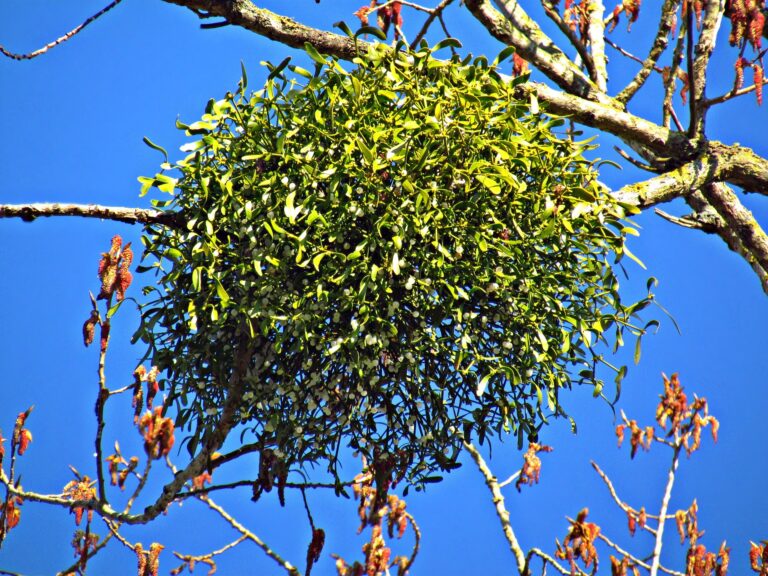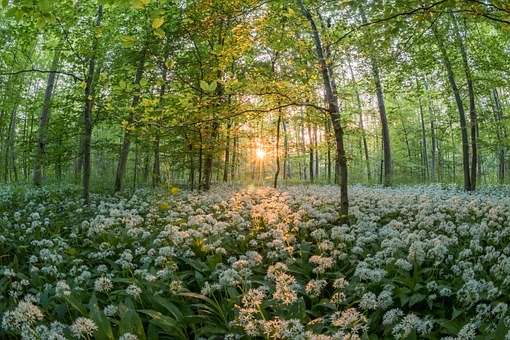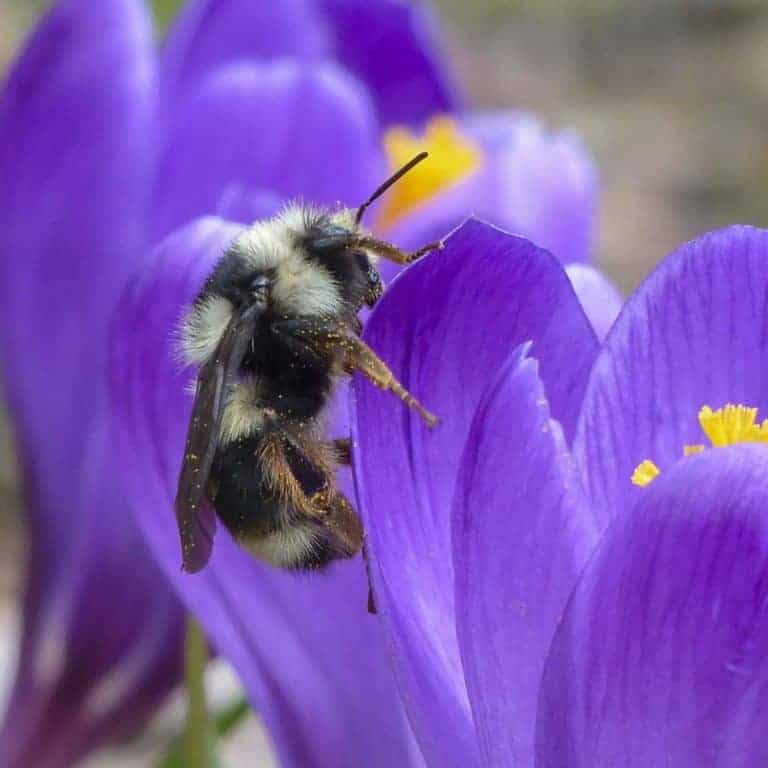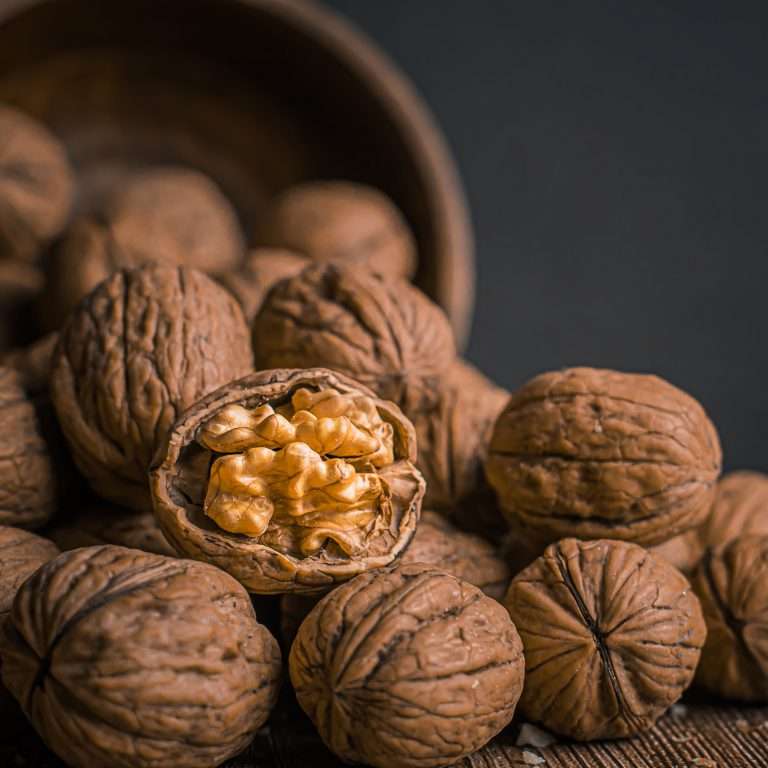Sweet Chestnut (Castanae sativa)
Sweet Chestnut (Castanae sativa)
The Sweet Chestnut is a long lived deciduous giant, found in woodlands across the UK. Known for its edible nuts and solid wood, it is thought that it was the Romans who introduced this iconic tree to our shores.
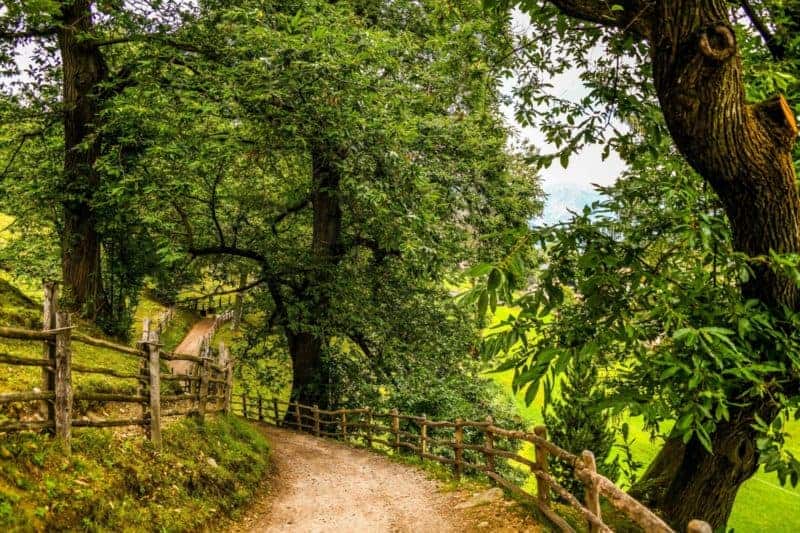 In the same family as both the Oak and the Beech the Sweet Chestnut is known to live up to 700 years old and grows up to 35-40 metres in height.
In the same family as both the Oak and the Beech the Sweet Chestnut is known to live up to 700 years old and grows up to 35-40 metres in height.
The glossy leaves of the Sweet Chestnut are a vibrant green and grow up to 28cm in length. Approximately 8-9 cm at its widest point, the leaves are a slight oblong to oval shape with serrated edges making them very distinctive.
 Sweet Chestnut bark is a dark grey-brown-purple shade that darkens with age. As the tree ages it also develops deep vertical fissures giving it a distinctive pattern that spirals up around the trunk. Out on the branches the bark becomes less grey and is a deeper purple-brown colour on the twigs with small oval buds being more of a dark purple colour. In winter these trees are easily identified because of their distinctive bark, as well as the remains of chestnut husks around the base of the tree.
Sweet Chestnut bark is a dark grey-brown-purple shade that darkens with age. As the tree ages it also develops deep vertical fissures giving it a distinctive pattern that spirals up around the trunk. Out on the branches the bark becomes less grey and is a deeper purple-brown colour on the twigs with small oval buds being more of a dark purple colour. In winter these trees are easily identified because of their distinctive bark, as well as the remains of chestnut husks around the base of the tree.
From spring into summer the sweet chestnut, a monoecious tree, develops long yellow catkin flowers that are very popular with butterflies. The flowers of the catkins are predominately male but have a few female flowers towards the base. Though the tree produces both male and female flowers they can not self pollinate, they rely on pollinating insects to do this for them. To help with this, the catkins release a very strong fragrance to attract the insects.
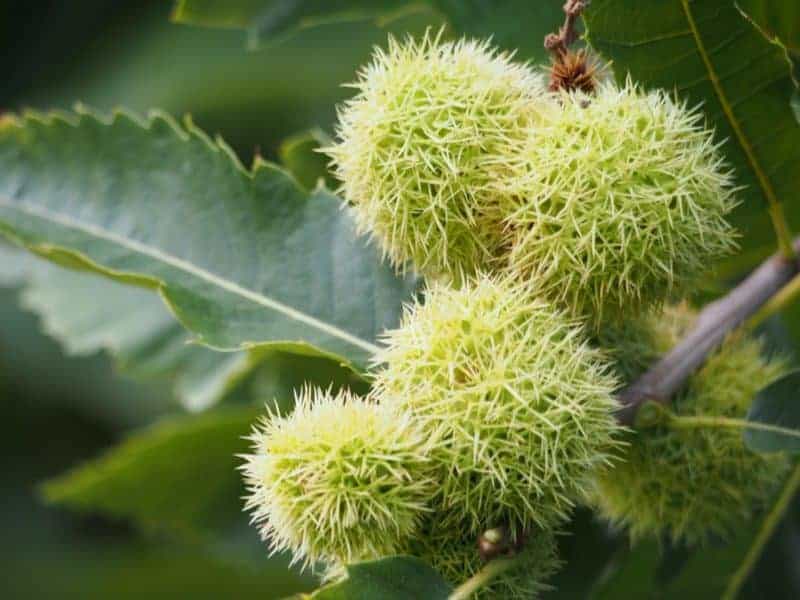 Once pollinated, the female flowers develop into the tree’s fruit, the chestnuts.
Once pollinated, the female flowers develop into the tree’s fruit, the chestnuts.
Sweet chestnut trees produce chestnuts from just 3-5 years of age, with increasing crops each year until they reach maturity at 15-20 years old where they then continue to produce a large quantity of nuts each year. Chestnuts can be foraged, roasted and enjoyed, but forage responsibly. Remember that these chestnuts are the next generation of tree as well as valuable food for our native wildlife.
These nuts can be found in autumn incased in bright green spiky spherical shells, not to be confused with the NON edible horse chestnut (or conker). The shells of the edible sweet chestnut are covered in hundreds of thin tiny spike protrusions where as the NON edible horse chestnut casings have fewer, thicker and longer spikes in a spherical shell.
Once foraged, remove them, carefully, from their spiky shells, prick them and then roast and enjoy. Chestnuts are the only nut that are high in Vitamin C, as well as being a rich source of magnesium, potassium and iron. Once roasted these versatile nuts can be added to a variety of recipes such as stuffings, pies and pastries, so forage responsibly but then enjoy your nutritious bounty!
